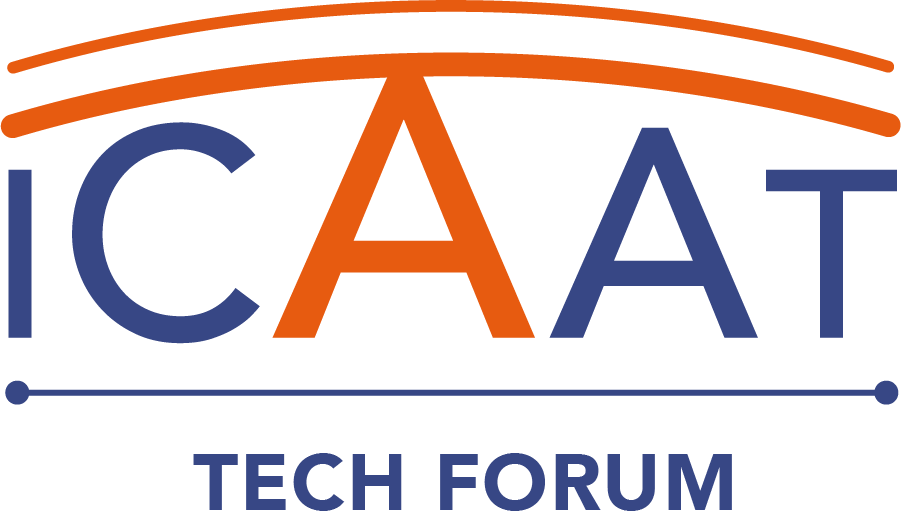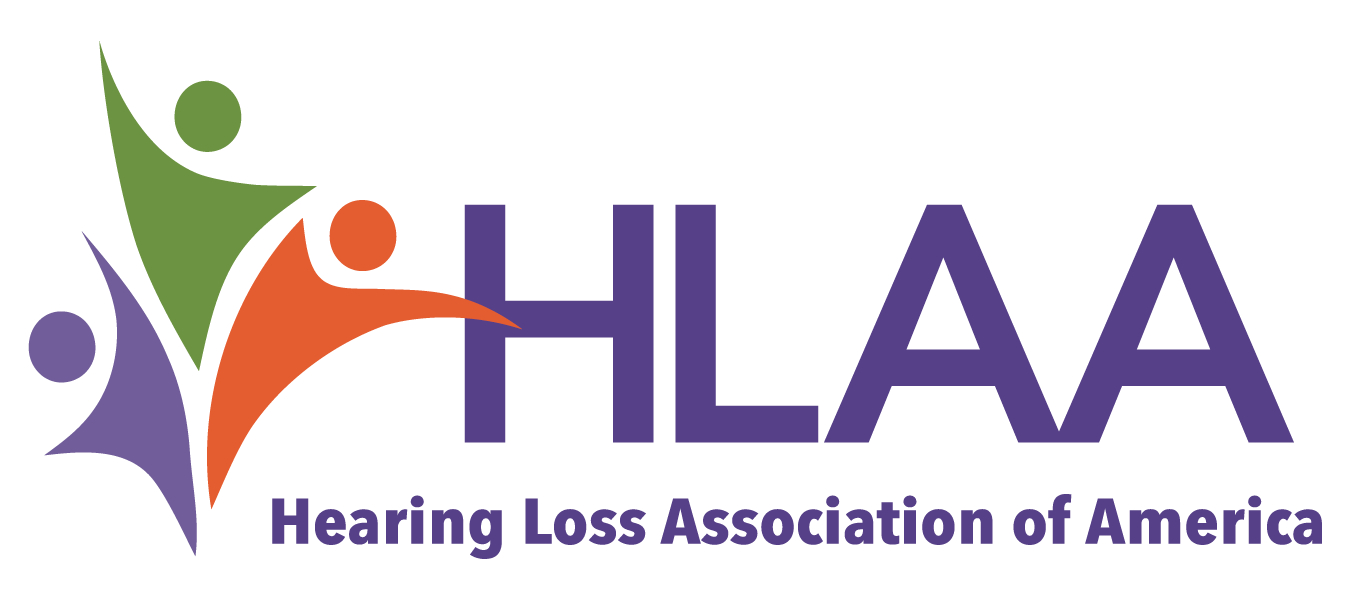Posted:
On June 12, 2023, the Federal Communications Commission (FCC) released a Report and Order in response to reports that video conferencing services lack—or have inferior—captioning; ineffective display of sign language interpreters; inability of blind or low vision users to find and use volume controls; and insufficient user control of accessibility tools. Further, there is no easy way to use telecommunications relay services (TRS) on video conferencing platforms.
The FCC's June 2023 Order requires the commonly used video conferencing services to be accessible by September 3, 2024.
At the same time, the FCC sought comment in a Notice of Proposed Rulemaking (NPRM), that would add specific performance objectives for improving the accessibility of video conferencing services. Some ways greater access to video conferencing platforms can be achieved were provided in comments filed with the FCC in response to the NPRM, including:
- Ensuring seamlessly integration of Communication Access Realtime Translation (CART) services;
- Accessible user interfaces and non-host dependent control over all settings needed to facilitate accessibility;
- Built-in automated closed captioning functionality that is accurate and synchronous with the audio on the call;
- The ability for individuals to seamlessly integrate third-party services such as CART for live transcription, as well as interpreters through third party interpreting services or VRS providers;
- Compatibility with current and next generation telecommunications relay services.
After the FCC’s Order for accessible video conferencing platforms takes effect in September 2024, people with disabilities who encounter inaccessible platforms can file an accessibility complaint with the FCC. For more information, visit: https://consumercomplaints.fcc.gov/hc/en-us/articles/202939874-Take-Action-Options-for-Filing-an-Accessibility-Complaint





